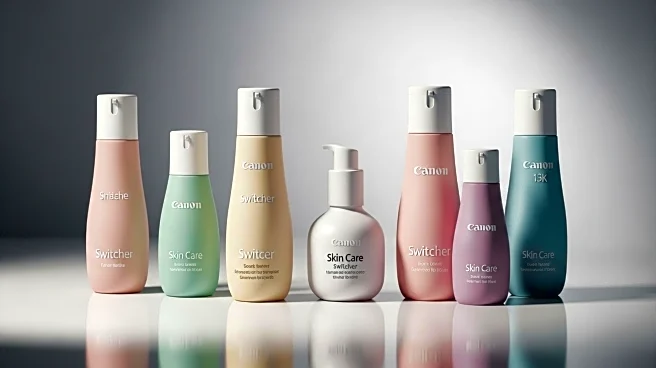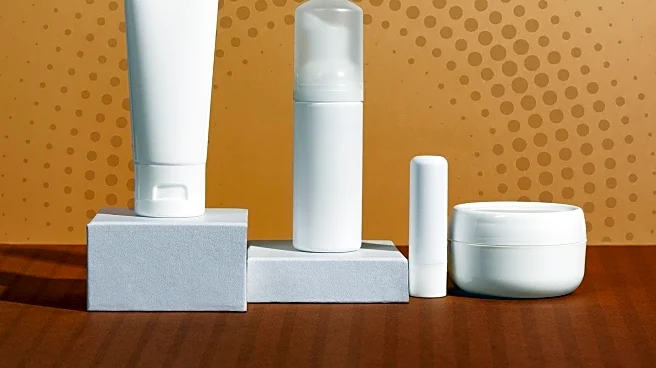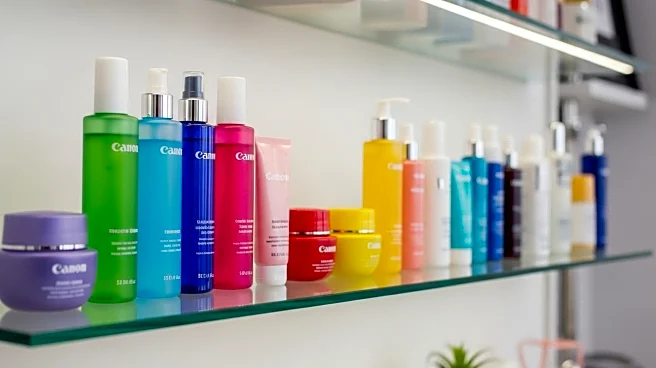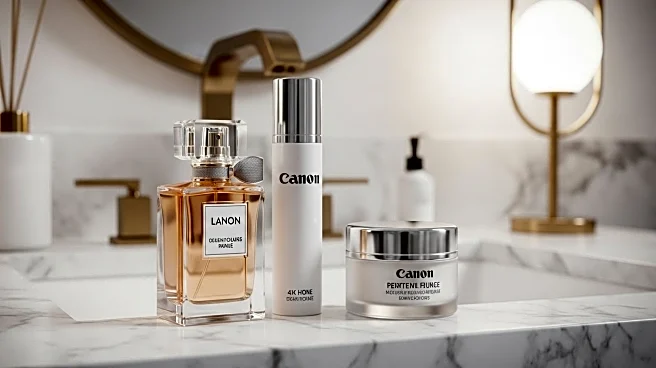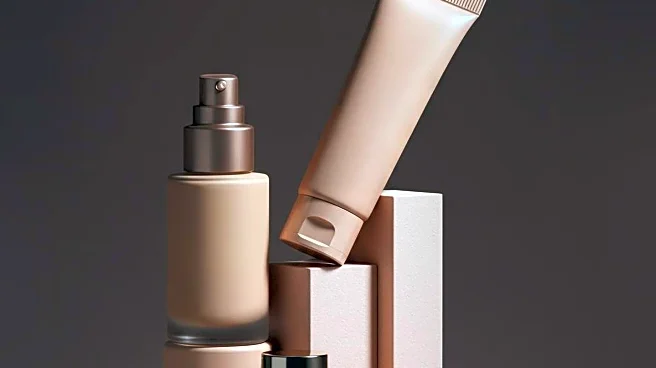What's Happening?
A new consumer segment known as the 'skin care switcher' is emerging in the U.S. beauty industry, characterized by consumers frequently alternating between different skin care brands. Research by AI-powered digital advertising firm Becausal indicates that approximately 765,176 U.S. households switch between brands like CeraVe, Aveeno, Cetaphil, La Roche-Posay, and Neutrogena within a year. This behavior is driven by factors such as perceived lack of results, new product launches, promotions, and recommendations from influencers and dermatologists. Social media platforms like TikTok and Instagram are further fueling this trend by promoting a culture of constant trial. Sephora and Ulta Beauty are responding by making prestige skin care more accessible to younger consumers, thereby expanding this trial-based culture.
Why It's Important?
The rise of the 'skin care switcher' segment signifies a shift in consumer loyalty within the beauty industry. This trend challenges traditional marketing strategies that rely on brand loyalty, suggesting that consumers are more interested in results and hype than brand allegiance. For marketers, this presents an opportunity to target these switchers with proof-based marketing strategies, such as dermatologist validation and visible results, to capture and retain this high-opportunity audience. Brands that can effectively engage with this segment stand to gain increased customer acquisition and retention, while those relying on static, heritage audiences may struggle to maintain market share.
What's Next?
As the 'skin care switcher' trend continues to grow, brands and marketers are likely to focus on developing strategies that cater to this dynamic consumer behavior. This may include increased investment in social media marketing, influencer partnerships, and the development of new products that promise visible results. Companies like Sephora and Ulta Beauty may continue to innovate in making high-end skin care products more accessible to younger demographics, further driving the trial-based culture. The industry may also see a shift towards more personalized marketing approaches that address the specific needs and preferences of individual consumers.
Beyond the Headlines
The emergence of the 'skin care switcher' trend highlights broader cultural shifts in consumer behavior, where traditional notions of brand loyalty are being replaced by a desire for immediate results and social validation. This could lead to long-term changes in how beauty brands approach product development and marketing, with a greater emphasis on transparency, efficacy, and consumer engagement. Additionally, the role of social media as a powerful tool in shaping consumer preferences and behaviors is likely to continue growing, influencing not only the beauty industry but other sectors as well.

